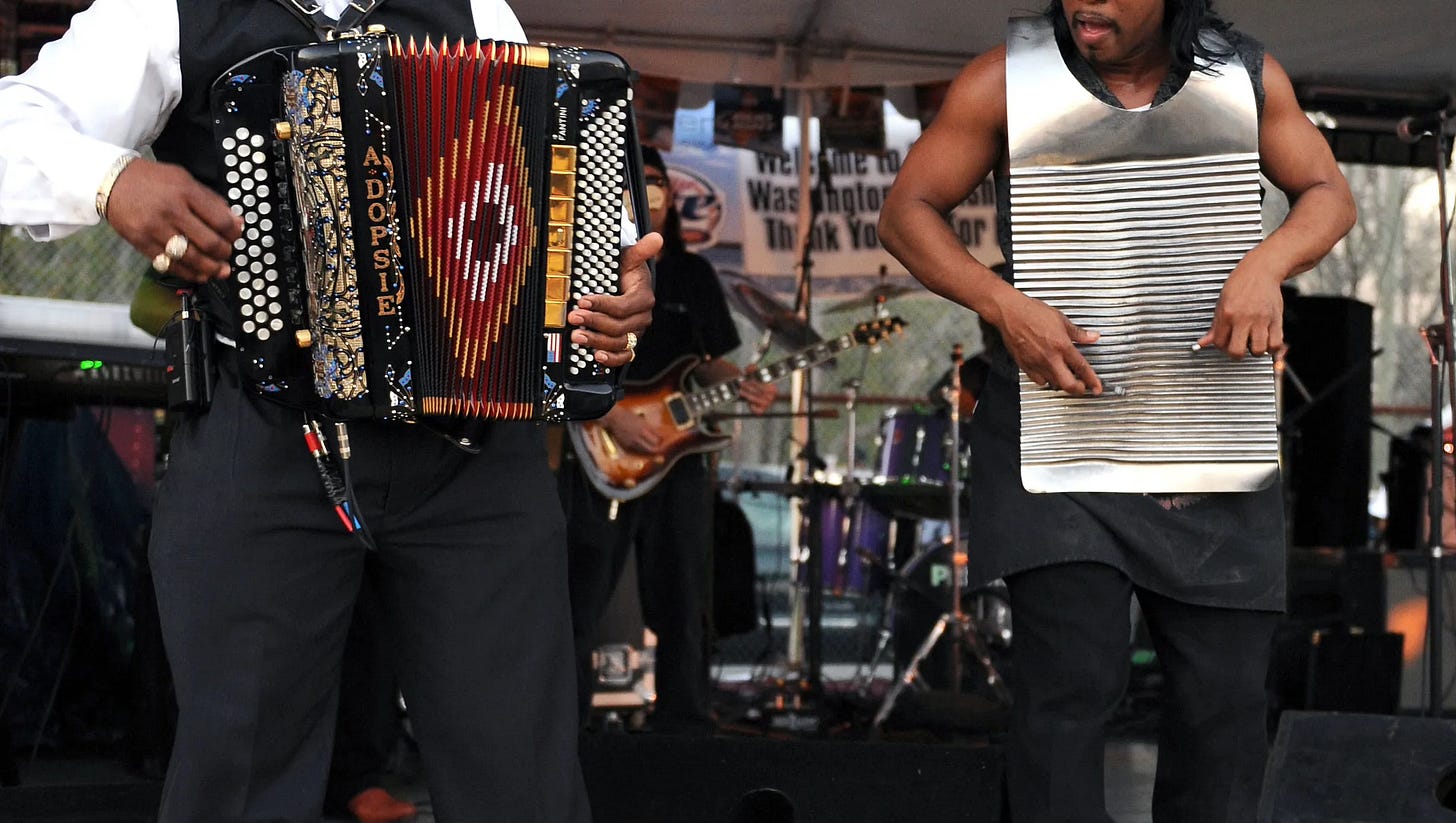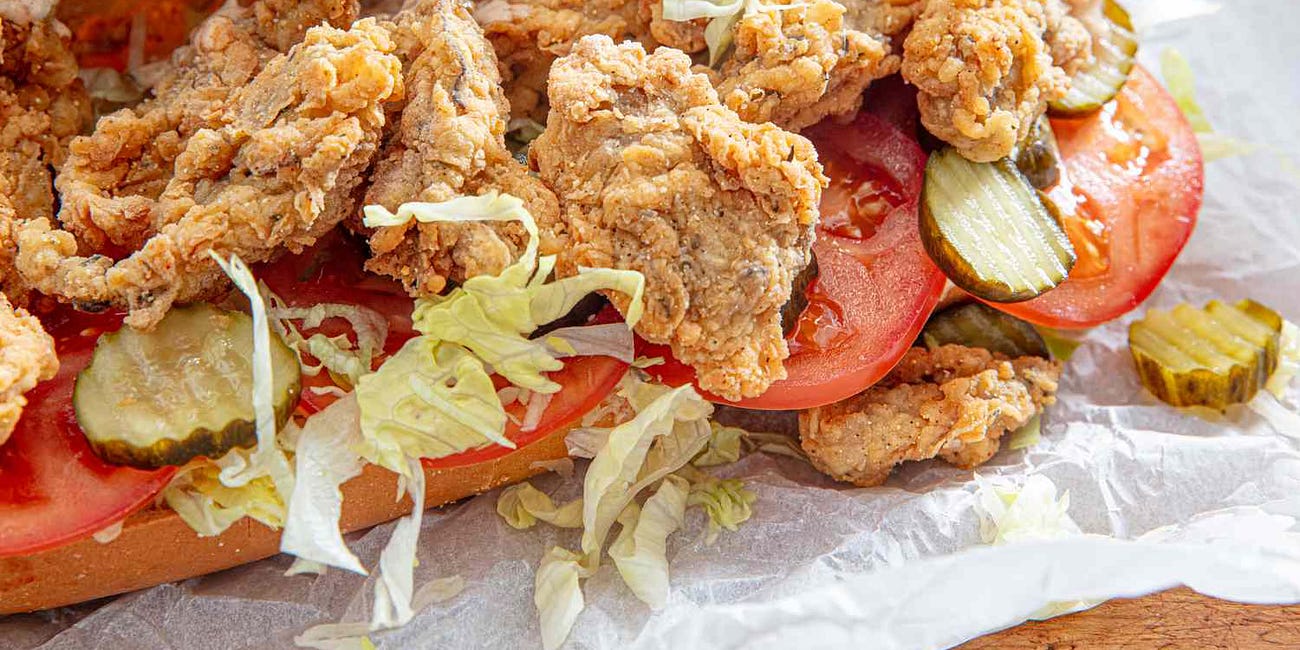The Origins of Zydeco and Its Connection to Creole Culture
By The Bayou Insider Staff
The accordion bellows open, a washboard rattles against steel thimbles, and the dance floor comes alive. This is Zydeco—raw, rhythmic, joyful—and at its core, it is the living heartbeat of Louisiana’s Creole culture. Born out of rural house dances, shaped by struggle and celebration, Zydeco is more than just music. It’s identity. It’s memory. It’s soul.
What Is Zydeco?
Zydeco is a fast-paced, dance-driven genre of music that fuses African American Creole traditions with blues, rhythm and blues (R&B), gospel, and Cajun influences. Its signature sound centers on the accordion and the frottoir (a corrugated metal rubboard worn over the shoulders and played with spoons or thimbles).
Typical Zydeco bands also include electric guitars, bass, drums, and sometimes horns. The music is built for dancing, often performed at trail rides, dance halls, and festivals across southwest Louisiana and beyond. From small towns like Opelousas and Eunice to urban stages around the world, Zydeco keeps its dancers moving and its stories alive.
From Snap Beans to Soundtracks: The Roots of Zydeco
The word “Zydeco” is widely believed to derive from the Creole French phrase les haricots ne sont pas salés—“the snap beans aren’t salty.” This idiom, once commonly used to express hard times, was folded into early Creole song lyrics and gradually morphed into the word we now associate with the genre.
Zydeco evolved from the earlier la-la music—a form of Creole folk music performed at family gatherings and house parties. Over time, this style absorbed blues structures, syncopated Caribbean rhythms, and the energy of R&B, giving birth to something distinctively modern yet undeniably rooted in the past.
As Creole families migrated to cities like Houston, Los Angeles, and New Orleans, Zydeco went with them, adapting and expanding while retaining its unmistakable core.
A Creole Creation: Identity in Every Note
At the heart of Zydeco lies Creole culture—a blend of African, French, Spanish, and Native American influences unique to Louisiana. For generations, Creole communities have used music as a way to preserve language, pass down traditions, and express communal identity.
Zydeco songs, often sung in Louisiana Creole French, reflect stories of family, faith, migration, labor, joy, and sorrow. The music isn’t just entertainment—it’s a repository of oral history. Whether at church gatherings or Saturday night trail rides, Zydeco has served as a cultural glue holding together generations of Creole families.
In many ways, Zydeco emerged as a response to cultural erasure. In the face of Jim Crow segregation and the marginalization of Creole identity, Zydeco provided a space for resistance, resilience, and celebration.
The Legends Who Shaped the Sound
Clifton Chenier, the “King of Zydeco,” is the genre’s most iconic figure. A Grammy winner and innovator, Chenier introduced the frottoir to the stage and modernized Zydeco by blending it with electric blues and jazz. His influence is still felt in every rubboard riff and accordion solo across Louisiana.
Queen Ida (Ida Guillory) broke barriers as the first woman to gain national attention in Zydeco, championing tradition while introducing new sounds to the mix.
Buckwheat Zydeco (Stanley Dural Jr.) helped propel the genre into the mainstream, opening for acts like Eric Clapton and U2 and becoming the first Zydeco artist signed to a major record label.
Today, artists like C.J. Chenier, Geno Delafose, Chubby Carrier, and Keith Frank carry on the tradition, blending modern styles while keeping the Creole spirit alive.
Zydeco Today: Where It Lives and Thrives
Zydeco is more than a relic of the past—it’s a living, breathing tradition. From the Original Southwest Louisiana Zydeco Music Festival in Opelousas to trail rides stretching across the backroads of Acadiana, the genre continues to evolve.
Local schools and cultural nonprofits are now investing in Creole language and music preservation, ensuring that younger generations learn the accordion alongside their ABCs. Digital platforms have helped spread Zydeco globally, though some musicians voice concern that commercial success can dilute the music’s cultural roots.
Still, the rubboard clanks on.
A Bridge Between Worlds
Zydeco often gets lumped in with Cajun music, but the two genres, while occasionally overlapping, reflect different heritages. Cajun music stems from French-speaking Acadian exiles, while Zydeco springs from the African-descended Creole communities of Louisiana.
Today, collaborations between Cajun and Creole musicians highlight Louisiana’s rich musical diversity and the potential for cultural unity without erasure. International festivals in Canada, France, and the Caribbean now celebrate Zydeco, while tourists visiting Louisiana are increasingly drawn to its raw, rhythmic soul.
Final Thoughts: The Music of Memory and Movement
Zydeco is more than a sound—it’s a cultural time capsule. With each accordion swell and washboard scratch, it tells a story of people who refused to be forgotten. It is joy born of pain, rhythm born of roots, and heritage that cannot be silenced.
If you want to understand Louisiana, you can start by listening. Better yet, find a trail ride or a Zydeco brunch, kick up your boots, and let the music teach you how Creole culture endures—not in museums, but on the dance floor.
Want to Learn More or Experience Zydeco Yourself?
Zydeco Music Festivals: Explore Louisiana
History and Traditions: Louisiana Folklife Program – Creole Roots
Artist Spotlights and Discographies: Smithsonian Folkways
Call to Action
Love Louisiana’s Stories?
Subscribe to The Bayou Insider for more deep dives into our culture, people, politics, and history. Share this article with someone who needs to hear the rhythm of the Creole soul.






